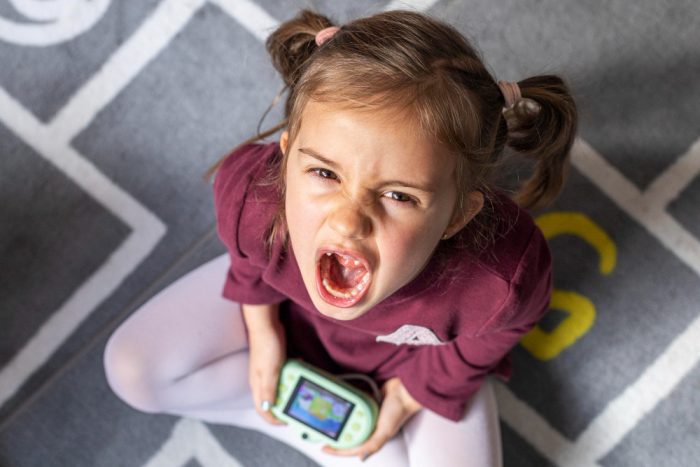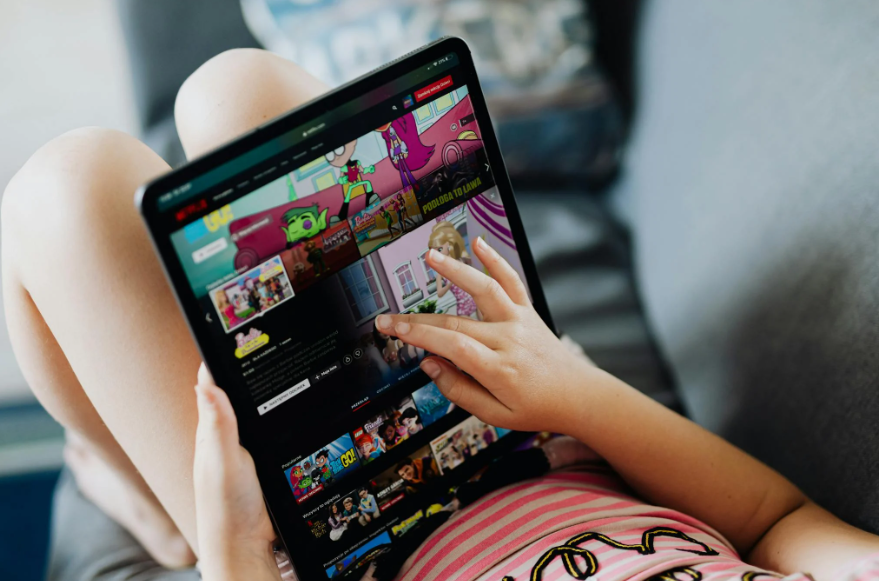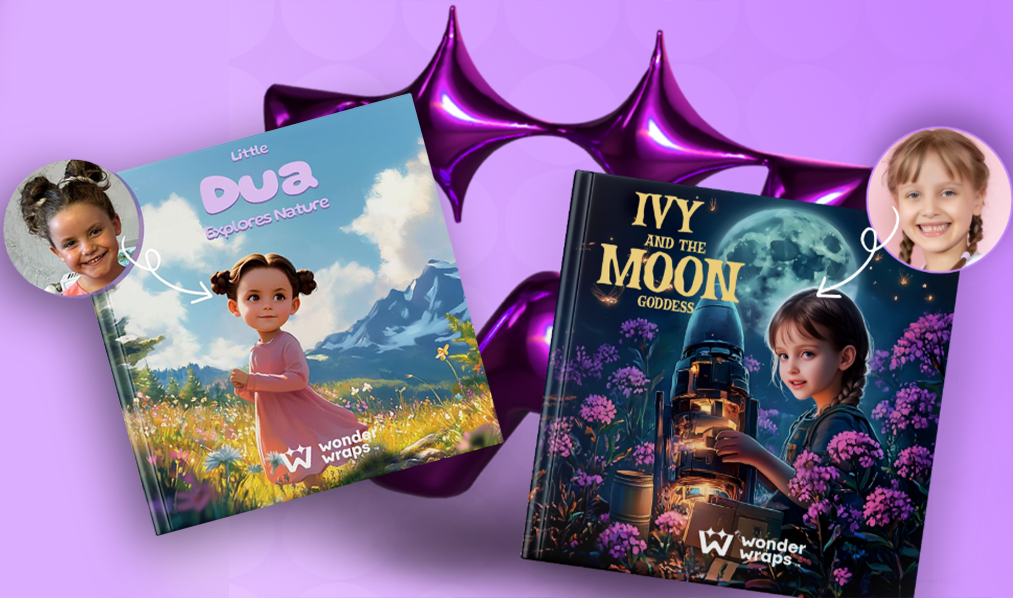Parenting isn’t just about guiding our children; it’s also about teaching them to navigate the world with responsibility and respect. When it comes to disciplining our kids, it’s crucial to understand the difference between consequences and punishment – two approaches that can shape their behavior in profound ways. Moreover, there are 5 discipline strategies that have proven to be very effective in educating healthy children. Continue reading to be more informed and raise your kids in the best way possible.
Consequences and Punishment
Consequences are like the natural flow of life. They are the direct outcomes of our actions. Think of it this way: if you forget your lunch at home, you will be hungry at school. It’s a cause-and-effect thing. Consequences aren’t about making someone suffer for their mistakes; they are about helping kids understand the results of their actions and learn from them. When a child experiences the natural outcomes of their behavior, it is an opportunity for growth and understanding.
Now, punishment is a bit different. It’s more like a reaction to misbehavior, often handed down by authority figures. Picture this: if you forget your lunch and your teacher gives you detention, that’s punishment. Unlike consequences, which are tied directly to actions, punishment can sometimes feel arbitrary or disconnected. It’s more about making someone pay for what they have done wrong rather than helping them learn from it.

The big thing to remember is that consequences focus on teaching, while punishment leans more toward control. When we use consequences, we’re helping our kids see the connections between their choices and their experiences. It’s all about fostering responsibility and understanding. Punishment, on the other hand, can sometimes create resentment or fear without really getting to the root of the issue.
So, next time your little one messes up, think about whether they need a natural consequence to learn from or if a punishment might be more appropriate. By understanding the difference, we can guide our children with empathy and wisdom, nurturing their growth and helping them become responsible, respectful individuals.
Effective Discipline Strategies
Parenting is a rewarding yet challenging journey, especially when it comes to discipline. Nurturing healthy children involves more than just setting rules and enforcing consequences; it requires a thoughtful approach that fosters growth, understanding, and positive behavior. Here are five discipline strategies that parents can employ to educate healthy children:
Positive Reinforcement
One of the most powerful tools in shaping a child’s behavior is positive reinforcement. This involves acknowledging and rewarding desirable actions and behaviors. Whether it’s a simple “good job” or a tangible reward like stickers or extra playtime, positive reinforcement helps reinforce positive behavior, boosting your child’s self-esteem and motivation to continue making good choices.

Setting Clear Expectations and Limits
Children thrive when they understand the boundaries and expectations set by their parents. Establish clear rules and consequences for behavior, and communicate them in age-appropriate language. Consistency is key; enforcing rules consistently helps children understand what is expected of them and provides a sense of security and structure.
In other words, consistency in setting clear expectations and routines provides stability and predictability for children, fostering trust and reducing anxiety. On the other hand, a level of flexibility is necessary. It complements consistency by allowing for individualized learning, adapting to challenges, encouraging exploration, and promoting resilience in the face of change. Balancing both strategies creates a supportive environment where children can thrive academically and emotionally.
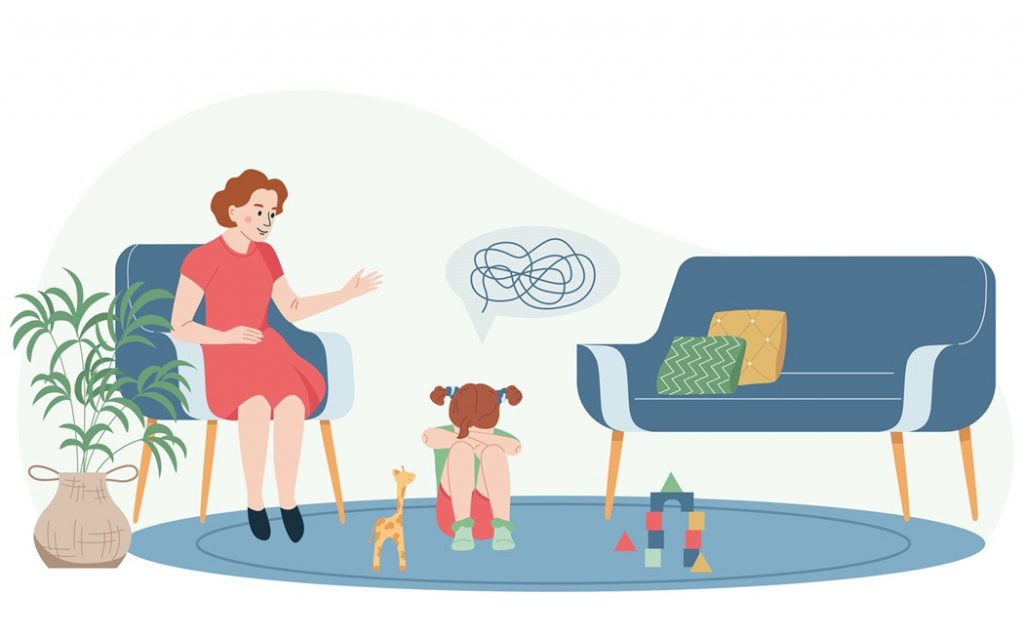
Effective Communication
Effective communication is the cornerstone of any healthy relationship, including the parent-child relationship. Create an environment where your child feels comfortable expressing their thoughts and feelings without fear of judgment. Listen actively and empathetically, and explain the reasons behind rules and consequences in a calm and respectful manner. Clear communication fosters trust, mutual understanding, and cooperation between parents and children.
Natural Consequences
While it’s tempting to shield children from the consequences of their actions, allowing them to experience natural consequences can be a powerful learning tool. Instead of imposing arbitrary punishments, let your child learn from their mistakes and take responsibility for their behavior. However, it’s essential to ensure that the consequences are appropriate and safe for the child’s development.
Empathy and Understanding
Discipline should never be devoid of empathy and understanding. Recognize that children are still learning and growing, and approach discipline with compassion. Validate your child’s emotions and help them develop problem-solving skills by discussing alternative behaviors. Show empathy towards their struggles, and offer support and guidance as they navigate challenges and learn from their experiences.
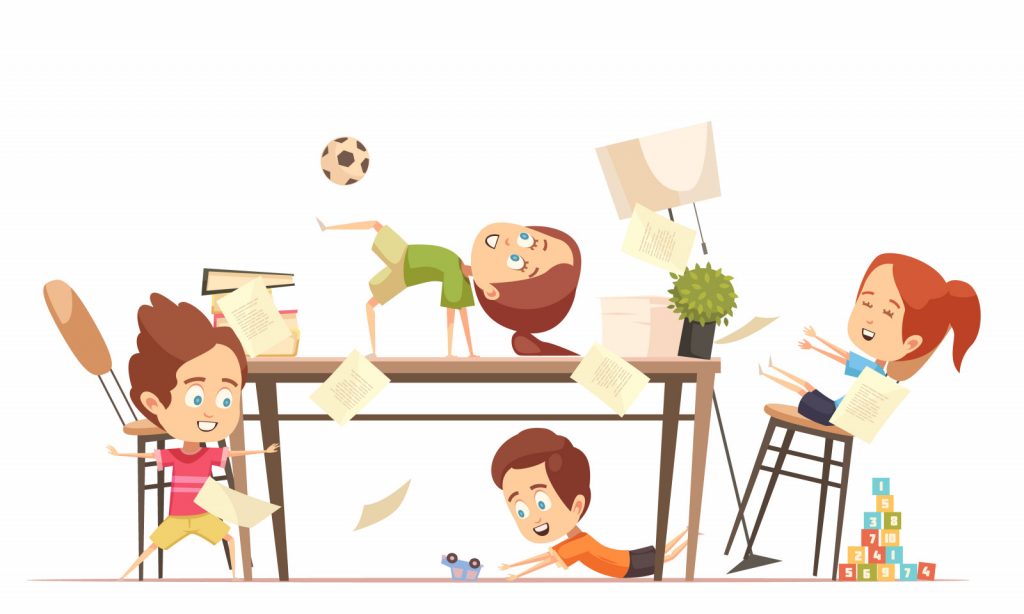
In conclusion, educating healthy children involves employing discipline strategies that go beyond mere rule enforcement. By incorporating positive reinforcement, clear expectations, effective communication, natural consequences, and empathy into your parenting approach, you can help your child develop self-discipline, responsibility, and resilience. Remember that parenting is a journey, and it’s okay to seek support and guidance along the way. Together, we can raise happy, healthy, and well-adjusted children.
You may also like: The Four Parenting Styles and Their Impact on Children
